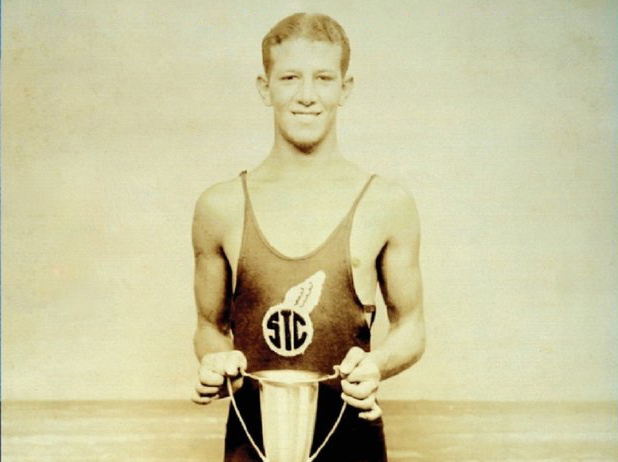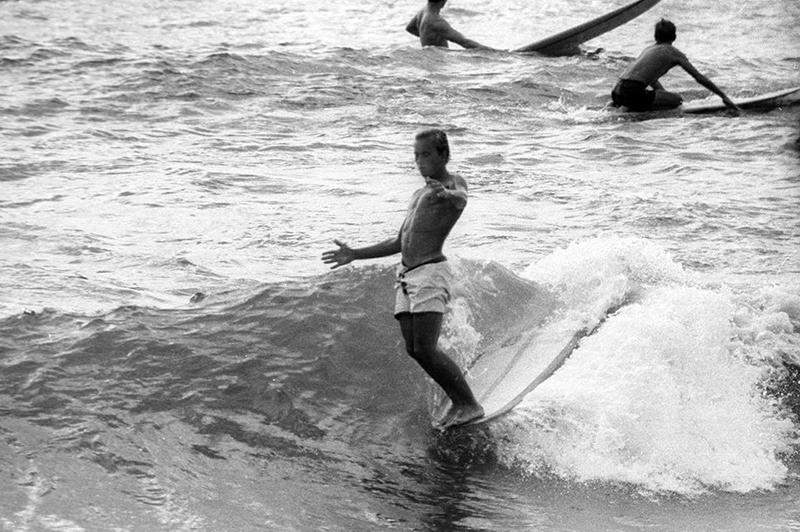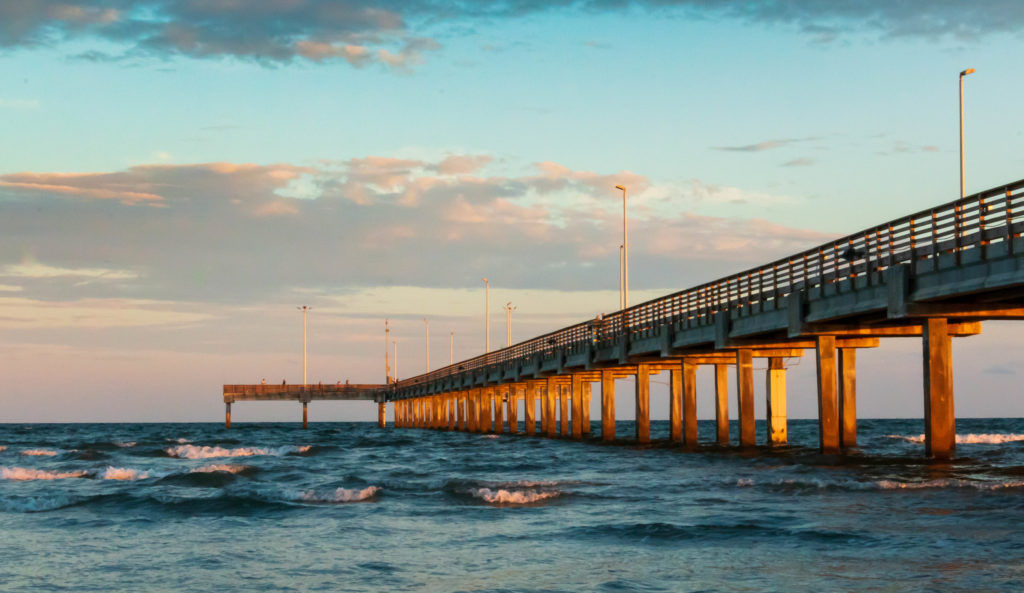Texas’ Untold Surfing History
Not everything is bigger in Texas. The state’s long coast may stretch some 367 miles, bestowing upon Texas incredible fishing and beautiful beaches. But the waves, well — they’re small. Texas’ tiny waves are one of the reasons why, when most people think of Texas beaches, they don’t think of surfing. And yet, Texas has a deep-rooted and passionate surfing history. In fact, it may be one of the sport’s best-kept secrets.
A Shore Without Waves
There’s a reason why Texas doesn’t have big waves — or many waves, for that reason. It has to do with underwater geography and temperamental weather. The best waves in the world — the kind that make Hawaii a surfing mecca — require two main ingredients. The first is wind; the second is distance. Texas’ location along the protected Gulf robs the shoreline of both these ingredients.
The continental shelf extends some 100 miles out from the Texas shore, meaning swells that reach the Texas shore aren’t coming straight out of the deep water, and there aren’t any reefs or coastal points that help produce the surfable waves in other parts of the world. Texas does have lots of wind, of course, but the constantly shifting offshore winds, mixed with a relatively short travel distance — it is only around 500 miles or so from the Gulf Coast to the Caribbean — mean the wind doesn’t have a lot of space or time to work its magic.
But sometimes, when the conditions are just right, the Texas coast comes alive with the kind of waves that are the envy of any of the world’s great surf spots. This often happens in the fall, winter, or spring, when warm and cold fronts clash out in the Gulf to create powerful bursts of swell-generating wind — or when a hurricane comes screaming into the Gulf. If these waves reach the Texas shore during an offshore breeze, the wind can stand them up and cause them to barrel while breaking, making for near-perfect surfing conditions.

Galveston’s Beach Break
Despite its challenging surf, Texas’ surfing history dates back to the sport’s early arrival on American shores. Only a few years after a lifeguard named George Freeth brought the sport from Hawaii to California, Texas had its own surfing ambassador: Leroy Colombo. Colombo is a lifeguarding legend. Born in Galveston in 1907, he lost his hearing after contracting spinal meningitis when he was 7, but that didn’t stop him from becoming the lifeguard who set the Guinness World Record of 907 saves. In 1923, he helped establish the Galveston Toboggan Surf Club, renting out rubber surf mats to kids up and down the beach.
One of the children who rented surf mats from Colombo was Dorian “Doc” Paskowitz. Soon, Galveston’s small, inconsistent surf wasn’t enough for Doc, and he headed to Hawaii, where he became one of the islands’ preeminent surf instructors. Doc established a surf camp, run by his family, and the Paskowitzes became known as the “First Family of Surfing.”

Everybody’s Going Surfing
Despite producing a few early surfing legends, Texas’ surf scene didn’t start taking root until the 1950s and 1960s, when the surfing fad swept the nation along with the popular sounds of The Beach Boys and The Ventures. By the mid-1960s, Texas surfers such as Larry Laws helped bring surfing further south along the coast to Corpus Christi and Port Aransas. Laws had attended a surfing school in Hawaii in 1962 and convinced his dad to buy him a board to surf the waves at home in Texas. Laws would go on to open shops that rented surfboards to kids who wanted to try out the sport that looked so fun on shows like “Gidget.”
While many Texas surfers tried out the sport and gave it up, a few dogged enthusiasts stuck with it. They began to learn the secrets of the Texas surf — how to anticipate weather patterns that create the best waves. They discovered that Texas’ best surf arrives when most Texans are nowhere near the beach — during the cold fall and winter months. And so, while most beachgoers rarely saw surfers in the water, a small-but-passionate surfing scene and culture formed.

Surfing Texas Today
In the 1970s and 1980s, the sport quietly continued to take root, giving rise to surf competitions in Texas, a Texas Gulf Surfing Association, and even a Texas Surf Museum.
In 2015, a writer with Surfer magazine set out for the Gulf Coast looking to discover what he called “America’s forgotten coast.” What he found was a small community of talented surfers whose lives revolved around fickle weather patterns and hangout spots like Wind and Wave Watersports in Corpus Christi.
When the surf is breaking, the best places to be are spots like Bob Hall Pier in Corpus Christi or Horace Caldwell Pier in Port Aransas. Without reefs or points, the sandbars caused by piers and jetties help create the surf breaks around which Texas’ all-but-hidden surfing culture has taken root.
Surfing in Texas requires braving frigid water temperatures, strong currents, and unpredictable conditions. Great waves may break for only a few hours on a given day, and surfers may wait months for the next great swell to arrive.
Making Waves
In between breaks, intrepid Texas surfers have found new waves, such as the long-cresting, rideable swells created by the huge tankers in Galveston Bay. That has helped shape — in Texas — one of the most unique surfing communities in the world, a surf scene set apart by its recognizable Texas pride and unmatched passion.
Read the full story of the oil tanker surfers here.
© 2020 Texas Farm Bureau Insurance



